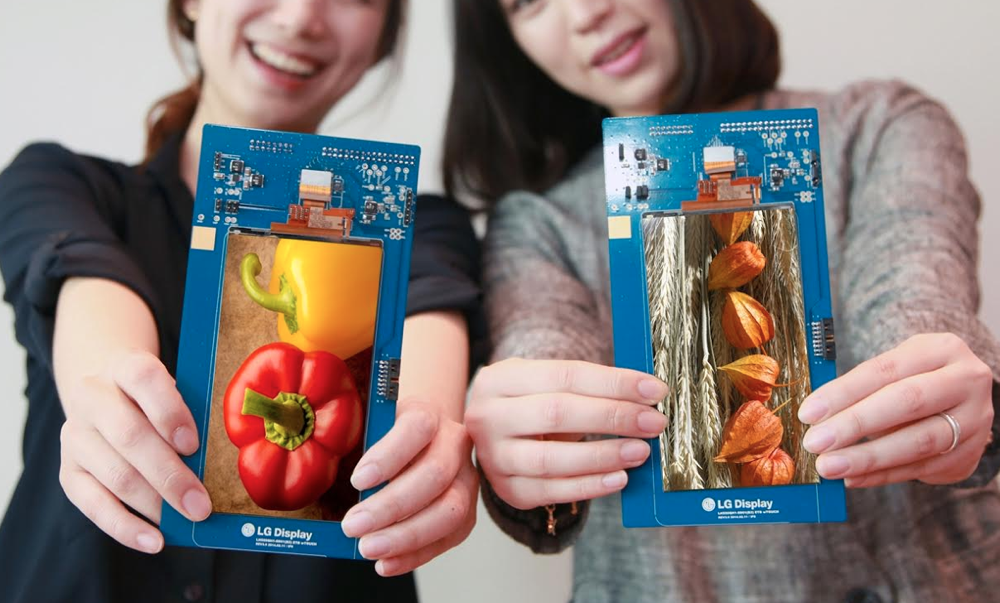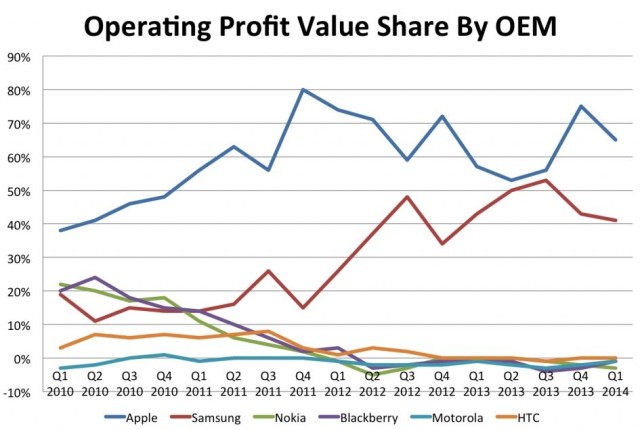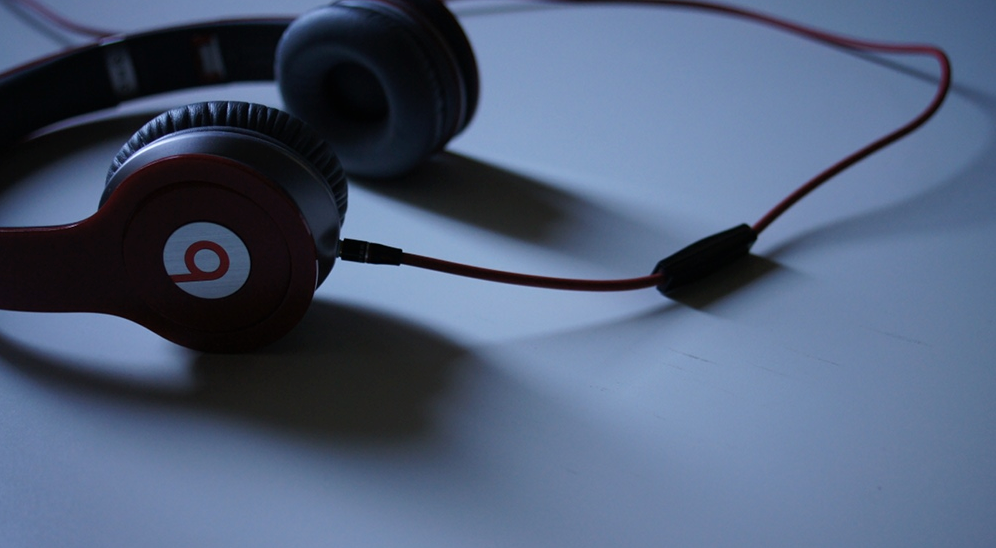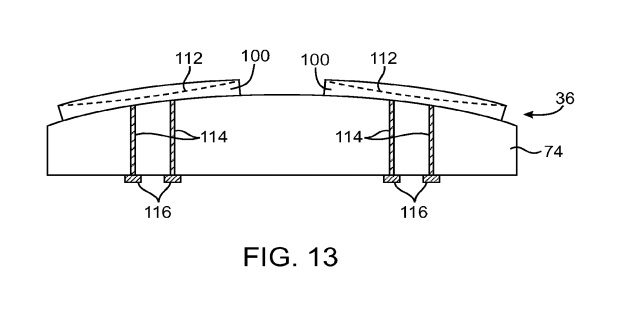
LG announced this evening that its 5.5-inch Quad HD LCD panel for
smartphones has been approved and will be unveiled with their
forthcoming flagship smartphone. They are talking about the
LG G3, which will be announced on May 27 across the globe.
Receives Certification for Quad HD Quality Ahead of Mass Production
Seoul, Korea (May 8, 2014) –
LG Display announced today that its 5.5-inch Quad HD (QHD) AH-IPS LCD
panel for smartphones was certified as a QHD display after passing
verified tests by NEMKO, the Norway-based international testing and
certification organization for electrical products. The certification
comes shortly before the new Quad HD LCD panel will be unveiled with the
forthcoming LG’s flagship smartphone to be launched in the first half
of the year.
The certified 5.5-inch QHD AH-IPS LCD panel has 2560 x 1440 pixels,
four times the image resolution of HD panels and 1.8 times higher
resolution than a Full HD panel. With 538 pixels per inch, this panel
also meets the 100 percent RGB color reproduction standard.
This panel, which will go into mass production shortly, will offer
superior performance to other existing smartphone panels. This is an
ultra-slim panel with a mere 1.2 mm thickness and has a 1.15 mm bezel,
which will be the narrowest available and 0.05 mm less than panels
introduced last year.
In addition, the panel has achieved the same level of brightness as a
Full HD panel. It is difficult to raise penetration ratio in higher
resolution panels since they have more pixels. However, LG Display
successfully achieved higher brightness by improving the penetration
ratio through enhancing the pixel structure design and aperture ratio in
the LTPS backplane.
The Quad HD display produces images in sharper color and contrast
than regular displays because of the greater amount of pixels. This
means that high resolution images and videos in the Blu-ray format can
be viewed in a fully vivid and realistic manner. The display retains the
readability of letters and images without distorting them when they are
enlarged while surfing the internet or working on documents.
“This product fulfills the core qualities of smartphone displays,
which are high resolution and slim design, and I believe the consumers
can enjoy vivid images that are close to real life with this display,”
said Byung-koo Kim, Vice President and Head of LG Display’s IT/Mobile
Development Group. “LG Display will continue to maintain technology
leadership in the super high-resolution smartphone display market above
500 ppi resolution, which will take off this year.”
According to DisplaySearch, the shipment of premium smartphone
displays based on LTPS backplanes is expected to grow to 780 million
units by this year and 940 million units by next year. These products
are going to maintain sufficient competitive advantage in premium
product categories where large size, high resolution and low power
consumption are key factors.










 According to a report out of Financial Times, Apple is currently negotiating a purchase of Beats Electronics
to the tune of $3.2 billion. The deal could be made official as soon as
next week, but from what sources state, a few terms have yet to be
ironed out. If the deal does go through, for the $3.2 billion, it would
be Apple’s largest acquisition to date.
According to a report out of Financial Times, Apple is currently negotiating a purchase of Beats Electronics
to the tune of $3.2 billion. The deal could be made official as soon as
next week, but from what sources state, a few terms have yet to be
ironed out. If the deal does go through, for the $3.2 billion, it would
be Apple’s largest acquisition to date.  According to data by Counterpoint's Technology Market Research,
published by the Korea Herald, Chinese Xiaomi continues its lead over
Apple in terms of market share in the Middle Kingdom. Back in August, Canalys first reported that Xiaomi is gaining ground in China, and even surpassed the Cupertino-based company.
According to data by Counterpoint's Technology Market Research,
published by the Korea Herald, Chinese Xiaomi continues its lead over
Apple in terms of market share in the Middle Kingdom. Back in August, Canalys first reported that Xiaomi is gaining ground in China, and even surpassed the Cupertino-based company.







 LG announced this evening that its 5.5-inch Quad HD LCD panel for
smartphones has been approved and will be unveiled with their
forthcoming flagship smartphone. They are talking about the LG G3, which will be announced on May 27 across the globe.
LG announced this evening that its 5.5-inch Quad HD LCD panel for
smartphones has been approved and will be unveiled with their
forthcoming flagship smartphone. They are talking about the LG G3, which will be announced on May 27 across the globe.  The new smartphone race is no longer a race to the top. The high-end
markets are quickly growing saturated with Samsung and Apple devices,
but there is still a race to be had in the low-end market. We've seen a
number of new devices like the Moto G and Nokia X that are trying to
offer users good performance at a low price, but ARM also has its sights
set on the ultra-low cost market.
The new smartphone race is no longer a race to the top. The high-end
markets are quickly growing saturated with Samsung and Apple devices,
but there is still a race to be had in the low-end market. We've seen a
number of new devices like the Moto G and Nokia X that are trying to
offer users good performance at a low price, but ARM also has its sights
set on the ultra-low cost market. HTC and Marvel are now holding a Super Selfie Sweepstakes that gives
folks in the US and Canada the chance to win an HTC One M8 S.H.I.E.L.D.
Limited Edition smartphone. For the most part, the M8 S.H.I.E.L.D.
Limited Edition looks like the regular gunmetal grey HTC One M8,
but the difference is that it has the iconic S.H.I.E.L.D. logo etched
on its rear case. It appears that only 14 such handsets will be made.
HTC and Marvel are now holding a Super Selfie Sweepstakes that gives
folks in the US and Canada the chance to win an HTC One M8 S.H.I.E.L.D.
Limited Edition smartphone. For the most part, the M8 S.H.I.E.L.D.
Limited Edition looks like the regular gunmetal grey HTC One M8,
but the difference is that it has the iconic S.H.I.E.L.D. logo etched
on its rear case. It appears that only 14 such handsets will be made.







 Across many developing markets, where messaging applications are a
booming business, Facebook and its Messenger is seeing a decline in
usage.
Across many developing markets, where messaging applications are a
booming business, Facebook and its Messenger is seeing a decline in
usage. The world’s most popular messaging app is being blocked by Iranian
authorities. WhatsApp, recently acquired by Facebook, was a key avenue
for people to communicate with friends and relatives inside and outside
Iran, but Iran’s Committee on Internet Crimes has ruled.
The world’s most popular messaging app is being blocked by Iranian
authorities. WhatsApp, recently acquired by Facebook, was a key avenue
for people to communicate with friends and relatives inside and outside
Iran, but Iran’s Committee on Internet Crimes has ruled.